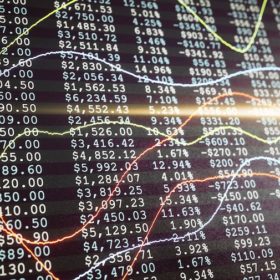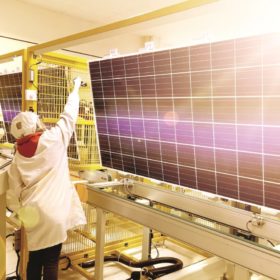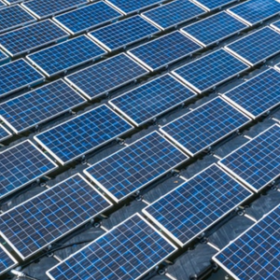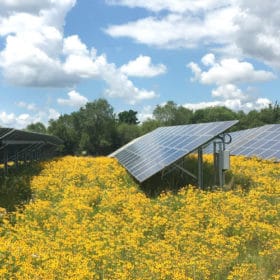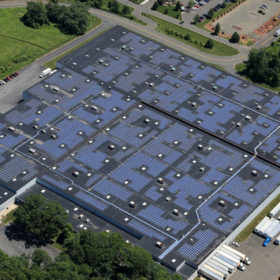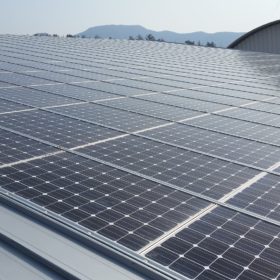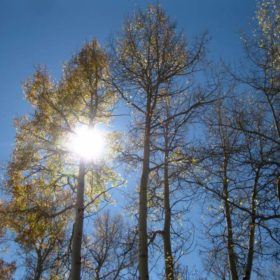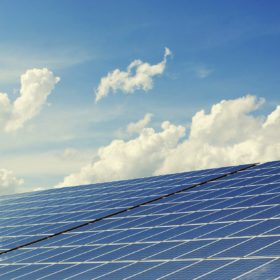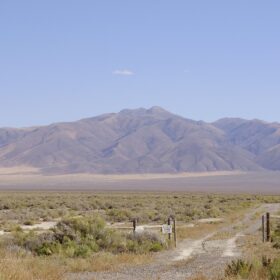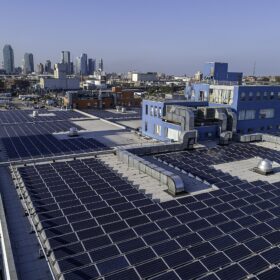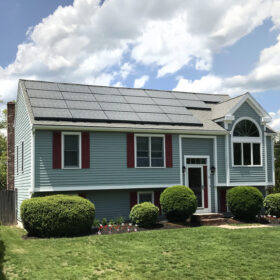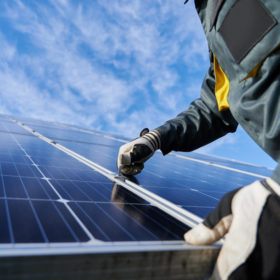Sunrise brief: Financing green light for 565 MWh storage project
Also on the rise: First Solar reports shipping problems, SunPower weighs options for its C&I business, and FTC Solar wins a tracker order for an Arizona project.
Black & Veatch is hired for Hawaii solar-plus-pumped storage project
The solar array will contribute up to 35 MW to the grid and store up to 240 MWh for dispatch during evening peak demand.
Canadian Solar wins 52 MW project with Colombia Ministry of Energy
The solar project Caracoli was secured in a public auction, and the power will be sold via a 15-year power purchase agreement.
Solential Energy to bring floating PV to the Midwest
Solential said it is in final negotiations with a major Midwestern city to install the region’s first floatovoltaic solar system.
Which crops pair well with solar? Illinois study aims to find out
Rapidly falling price of solar panels has created an impetus for the construction of solar fields, which is often perceived as competing with crop production.
Sunrise brief: 50-year solar? Here’s how the numbers may work
Also on the rise: NREL points to energy efficiency as a good substitute for energy storage, and a salary survey finds a widening pay gap between women and men in the solar sector.
Solar retains it LCOE edge in latest Lazard analysis
Utility-scale solar–both thin-film and crystalline silicon–as well as wind have the lowest LCOE of all U.S. sources considered.
Energy efficiency is a good substitute for long-term storage, NREL study says
Reducing building energy usage by about 60% is key to a least-cost 100% renewable energy grid, the study found.
50-year solar? Here’s how the numbers may work
The DCF from a solar project’s electricity generation increases by 46% when shifting the project from today’s standard 25-year lifetime to a 50-year time scale.
Sunrise brief: Work starts on 100 MW/50 MWh solar+storage project
Also on the rise: LONGi says that modules were detained by U.S. Customs agents, Salt River Project rolls out a new Solar Choice program, and a standalone storage project is headed to Utah.
